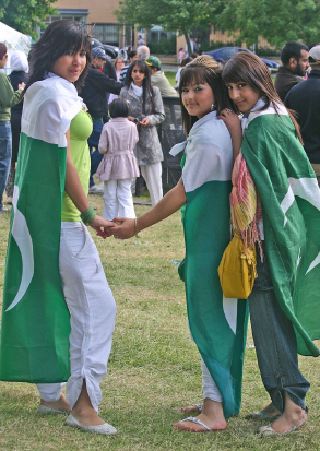 The recent cricket victory in the T20 World Cup brought out the green in all of us. Including us in Bradistan. I too left my intellectual hat at home and donned the green flag to go on the street and celebrate with the Bradistan boyz and girlz, even though I would not consider myself a ‘flag waving nationalist.’
The recent cricket victory in the T20 World Cup brought out the green in all of us. Including us in Bradistan. I too left my intellectual hat at home and donned the green flag to go on the street and celebrate with the Bradistan boyz and girlz, even though I would not consider myself a ‘flag waving nationalist.’
I don’t follow Pakistan cricket team fanatically; certainly not like I did back when I was much younger during the 1992 World Cup. I still remember how the Pakistanis, all over the world, spontaneously came out on the streets singing dancing, waving their flags, congratulating and hugging strangers. It was similar story this time after the T20 World Cup. On the streets of Bradistan, even the English, Indian Gujarati and Bosnians joined in the chants of ‘Boom Boom Afridi.’ It seemed, once again, that we were all green at heart!
All major motorways in and out of Bradford were blocked, there were long queues in front of sweet shops and police had to restrain some hot-headed youth who insist on sitting on the roofs of their cars while waving the flags, girls with Pakistanis T-shirts with loud anthems on their car stereos. These scenes were repeated across Bradford, Birmingham, Manchester and London. Obviously the mullah brigade does not like Pakistanis singing and dancing on the street in sinful jubilation, but I will leave that debate for another day.
In itself winning a minor or major sports tournament cannot, by any stretch of imagination, be termed a national achievement. So, did we really go over the top in our celebrations? Probably, Yes.
But, there is a reason why Pakistanis from the Jackson Heights in New York to the Afro-Baluch slums of Lyari in Karachi and from Chinese border in the north to the deserts of Punjab and Sindh felt a real sense of excitement after continuous bad news of terrorist attacks, lack of electricity, breakdown of governance and the economic and social crises in Pakistan. We needed something to cheer about, something to go over the top with.
Maybe, we Pakistanis need to ask some questions about what we can do ourselves?
Foreign governments and research analysts continuously rank Pakistan in the category of at risk of becoming a failed state. But they often miss out on the potential in this country. Pakistan is facing a population explosion with a population 180 million people and growing, but Pakistan is also bursting with energy and talent. Pakistani scientists, doctors and professors are among the best in the world.
Pakistan is fighting a war for its survival against fanatical terrorists. Pakistan was envisaged as a liberal Muslim policy by liberal Muslim elite of India, not as an Islamic theocracy. Pakistan, at its birth, had the vitality and diversity of a multi-ethnic multilingual and multi cultural country. Unfortunately right-wing pan-Islamic ideologues sold the soul of Pakistan.
Despite its heritage of religious and cultural pluralism, Pakistan suffers a serious identity crisis today. The founder of Pakistan Mr. Jinnah articulated his vision for the constitutional rights of all citizens irrespective of their religion, race or background, in a speech to the legislative assembly on the eve of independence. But the same Islamists who had initially opposed the idea of Pakistan, want to turn Pakistan into a puritanical theocracy. Recently Barrister Aitzaz Ahsan has tried to link the Pakistani identity to Indus Valley civilization, which prospered the areas of current Pakistan 5000 years ago. But can a vision from past heal the fault lines in the current Pakistani identity? Possibly, but highly unlikely.
Pakistan is a reality which the skeptics of partition cannot simply wish away. Pakistani identity is a dynamic paradigm and religion alone cannot provide the basis of a modern nation state. Islamists have tried to wipe out the colorful mosaic of songs and culture through imposition of their mono-chrome visions of culture on TV, newspapers, magazines, painters and performing arts. But they have failed, and will continue to fail.
Pakistani historian and anthropologist late Ahmed H. Dani described, Pakistan’s landscape and culture as many countries rolled into one; Northern Areas are Central Asian Switzerland , Frontier is Afghani, Punjab and upper Sindh are North Indian and Baluchistan and lower Sindh are Middle Eastern. It is in this mould that we all must continue to see and promote Pakistan.
Up until 2004, Pakistan used to have half a million European and American tourists every year. The Himalayan valleys in Northern Areas, The kite festival of Basant in the ancient and  walled inner city of Lahore, cultural and religious tourism for Sikh and Hindu pilgrims are still as good as any in the world. Pakistan has to showcase its historic roots in the Indus Valley and Ghandhara Buddhist civilizations, Basant festival, performing arts festival, truck art, chicken-tikka masaala Mughal cuisine, Buddhist, Hindu and Sikh pilgrimage places to new markets.
Sufi Islam (with its colourful religious ceremonies) has inspired singers like Nusrat Fateh Ali, Junoon and Shafqat Amanat Ali to project a more nuanced image of Pakistan to world wide audiences. Sufi saints’ folklore and romantic folktales of Heer-Ranjha, Sassi-Pannu, Saiful –Maluk, and Umer-Marvi inspire and bond Pakistani masses together.
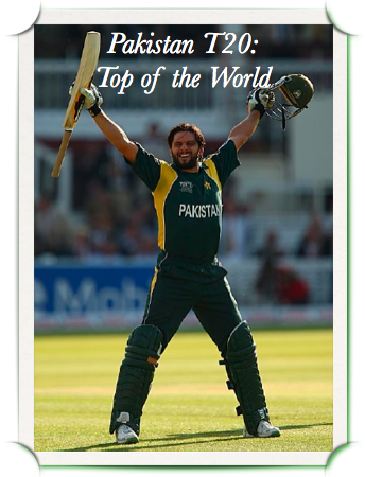 In today’s Pakistan, despite the terrorism, the media is free. Pakistani national broadcasters TV and radio try to revive the art and culture through works of great writers and thinkers like Faiz, Faraz, Parveen Shakir, Manto, Ibn-e-Insha and painters like Guljee, Sadequain and Chughtai. Recently International bestsellers of Pakistani writers have made waves in media.  Arguably, the art and the literature are limited to the elite. But, unfortunately, the local languages and culture is in decline due to global satellite TV entertainment.
In today’s Pakistan, despite the terrorism, the media is free. Pakistani national broadcasters TV and radio try to revive the art and culture through works of great writers and thinkers like Faiz, Faraz, Parveen Shakir, Manto, Ibn-e-Insha and painters like Guljee, Sadequain and Chughtai. Recently International bestsellers of Pakistani writers have made waves in media.  Arguably, the art and the literature are limited to the elite. But, unfortunately, the local languages and culture is in decline due to global satellite TV entertainment.
We should not let chauvinistic nationalism blind us from the shame of our blunders and mistakes but the lesson from the T20 victory has to be that Pakistani society still has the vitality to rise from the ashes after crisis and disaster.
![]()
In the struggle for democracy in the 1980s, the floods of 1992, the earthquake in 2005, the judicial movement in 2007, the current refugee crisis in Swat valley, and in the fight against terrorism, Pakistanis have united and risen against adversity. These, as much as our T20 victory, should remind Pakistanis that we can compete with the best in the world despite all difficulties!
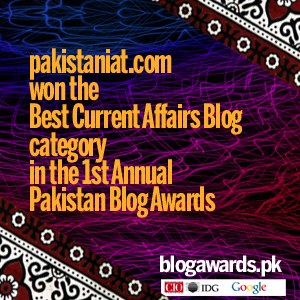
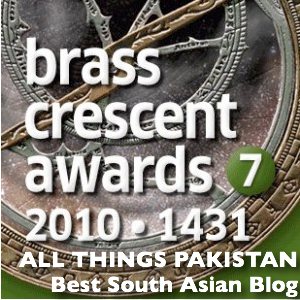
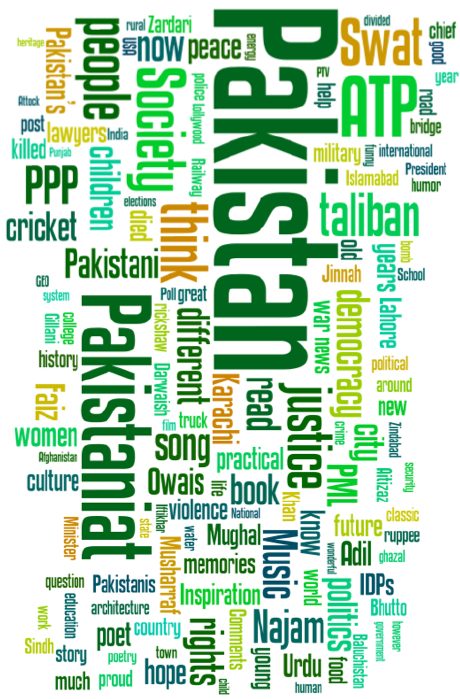
















































Awesome to see pakistani at abroad celebrate winning in this jubilation .. :)
Celebrating Pakistan Day in Bradistan,whereelse Oak Lane Lumb lane with Cars full of Boys with Pakistani flags #RT
Today & tomorrow (12th & 13th June) everyone is welcome to Bradistan Mela Peel Park Bradford.
http://dilnawazinqalabi.blogspot.com/2006/12/guest -post-this-is-bradistan.html
#Bradford #Festival #2010 http://www.bradfordmela.org.uk/bradford_mela_2010
Guys, thanks for featuring Bradistan in Pakistaniat Gallery.
Cheers
http://bradistanuk.blogspot.com
Hi Gerry
Your admiration for all things Pakistani is inspirational.I am these insights are result of long career in academics,mentoring and supporting ethenic minority students in UK.
Pakistani students,professors,scientists,doctors and business people have proved themselves to be among the best in the world.
Terrorism and extremism is a recent phenomenon (a legacy of Islamist dictatorship) and I am sure Pakistan will come out of it through poltical and cultural determination.